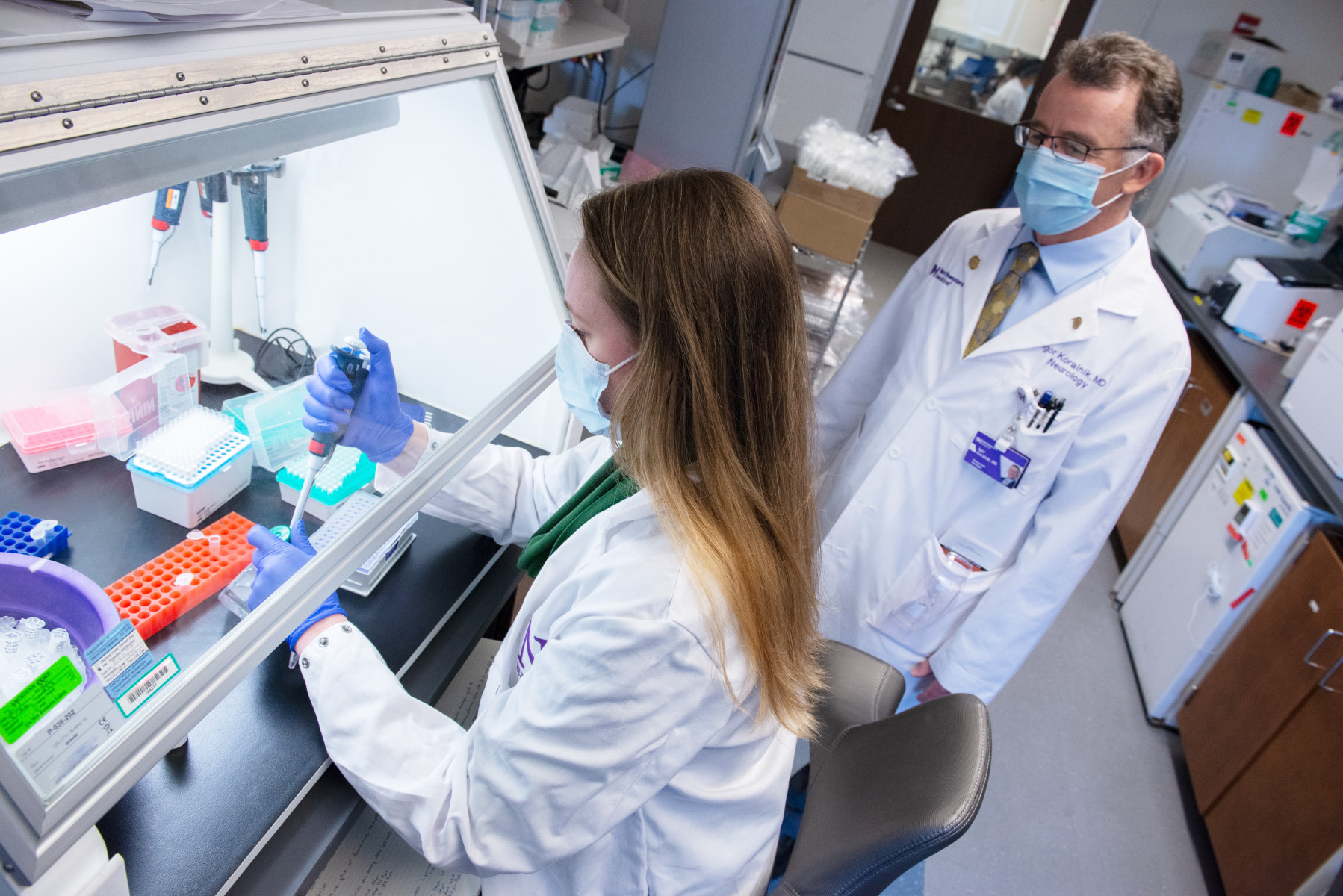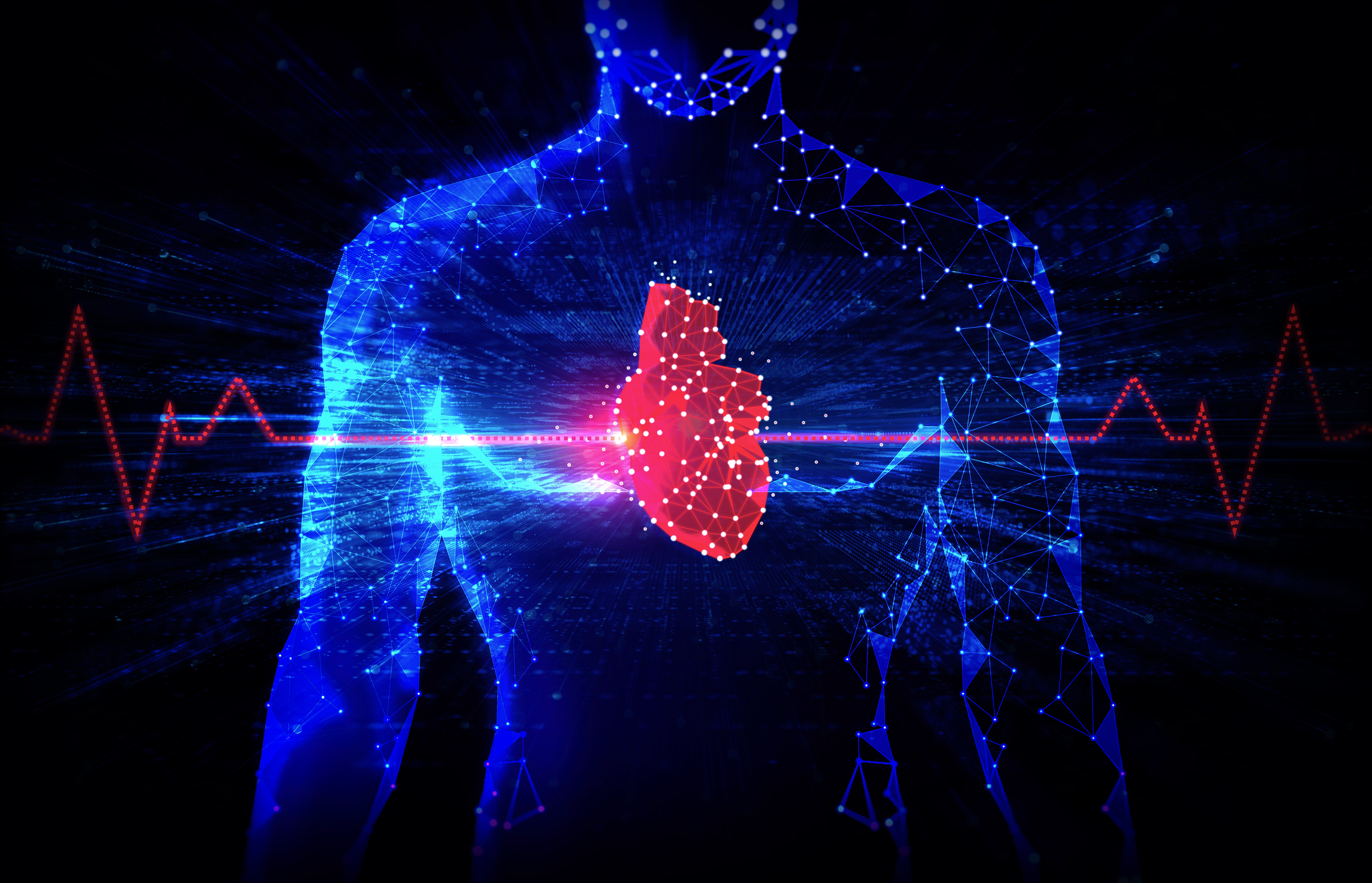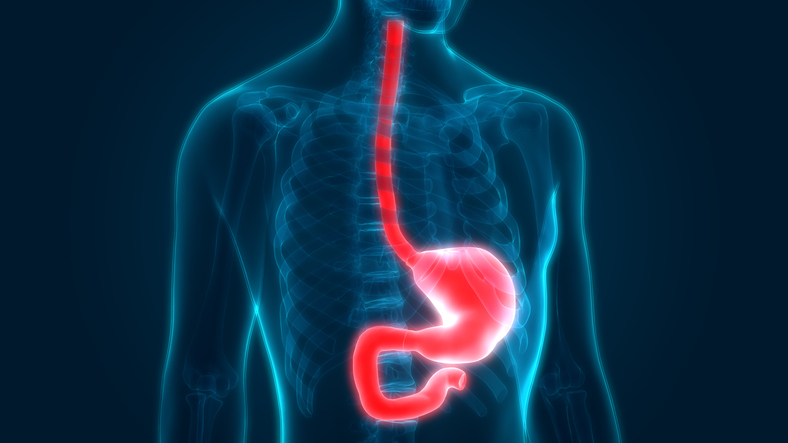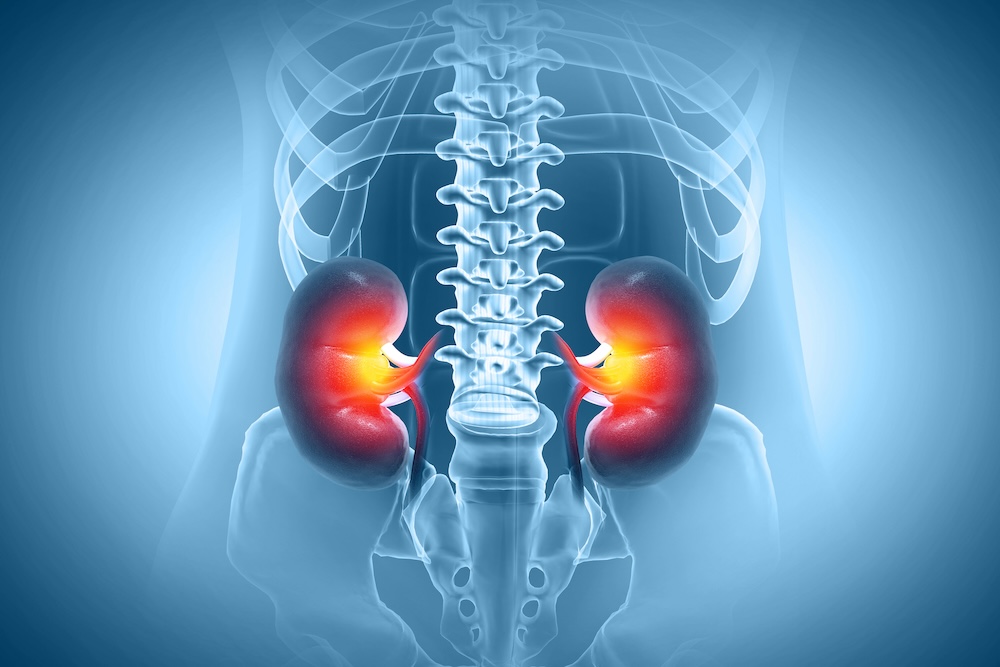November 8, 2005
Researchers Discover New Form of Cancer Gene Regulation
CHICAGO—The Quaking gene, first described as a mutation in mice that causes rapid tremor, is thought to suppress tumor formation and protect humans from cancer.
Now, a team of researchers from Northwestern University and the University of Wisconsin has shown that the Quaking gene likely suppresses tumor growth by inhibiting production of a protein associated with GLI1, a cancer-causing oncogene highly associated with severe birth defects and several childhood cancers.
The group’s study, published in the November 1 online issue of Developmental Biology, details the discovery of an important and completely novel form of regulation of the GLI1 gene.
“Results of the study open a new research direction for issues ranging from cancer formation to environmental interactions in development and will point the way to similar mechanisms of control in other genes,” said Philip M. Iannaccone, MD, who led the study.
Dr. Iannaccone is George M. Eisenberg Professor of Pediatrics at Northwestern University’s Feinberg School of Medicine and deputy director for basic research at Children’s Memorial Research Center.
Development occurs as a coordinated series of genetically controlled events that create proliferation of cells, signals for further differentiation, proteins that define cellular function, and “programmed” movement of cells into developing structures.
These processes, known as pattern formation, are controlled largely by networks of genes and proteins called signal transduction pathways that receive signals from outside of the cell in the form of protein interaction with the cell surface. Through a series of intracellular events, these signals trigger gene activation or repression through action of transcription factors in the nucleus of the cell.
The altered gene expression profile then results in cellular differentiation, cellular proliferation, or cellular death as pattern formation proceeds.
An important signal transduction pathway critical to early development of humans and animals involves the genes Sonic hedgehog (the signal) and GLI (the transcription factor).
The GLI family of three genes was first discovered in a human brain tumor, and mutations in this family of genes result in severe birth defects and devastating cancers in humans.
“While some cancers are explained by known defects in the regulation of the GLI1 gene, for many cancers the reasons for excessive GLI1 protein are not known. The protein levels and activity of GLI1 are likely regulated at levels other than the gene,” Dr. Iannaccone said.
The form of regulation the researchers discovered occurs after the gene makes messenger RNA, the first step toward making a protein that controls cell fate. Once the messenger RNA leaves the cell, it participates in a process called translation, during which the cellular machinery makes a protein by linking amino acids together according to the plan described in the messenger RNA and thereby based on the information from the DNA sequence of the gene.
Dr. Iannaccone and colleagues showed that after the messenger RNA for GLI1 is made, it binds to the Quaking protein and inhibits the translation event. This means that all of the controls that the cell has on the gene for GLI1 can be present and active and the GLI1 is still not produced.
Significantly, the study demonstrated that this regulation is conserved from human to the worm, Caenorhabditis elegans (often used in laboratory research), indicating that the formation of these RNA protein complexes is a very ancient form of regulation of protein function.
Olga Lakiza, PhD, postdoctoral fellow in pediatrics at the Feinberg School, was the first author on the article. Dr. Iannaccone’s other co-researchers on this study included David O. Walterhouse, MD, associate professor of pediatrics, Feinberg School and Children’s Memorial Research Center, and Elizabeth B. Goodwin, Department of Genetics, University of Wisconsin, Madison.
This study was supported by National Institutes of Health grants GM51836 and PO1ES10549.






